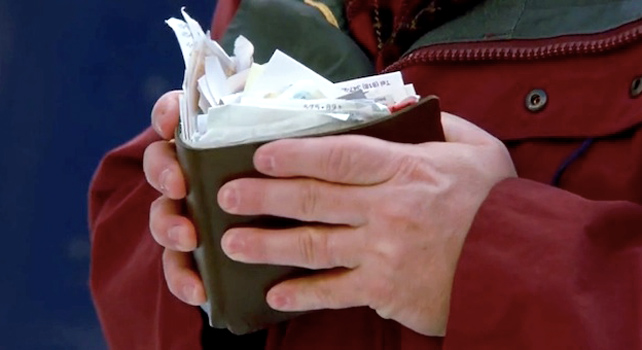by Midnight Freemason Contributor
WB Gregory J. Knott
The Masonic Service Association of North America has for many years, been involved with programs that assist our service men and women, including Veterans. One of these programs is the Hospital Visitation Program in partnership with the United States Department of Veteran Affairs.
In my area of east-central Illinois, area Masonic lodges have teamed up to ensure that veterans who are residents of the Illiana Medical VA in Danville, Illinois, have the opportunity to attend weekly church services on the VA campus.
These visits are both extremely humbling and very rewarding. I very much enjoy getting to meet the Veterans and learn about their service and lives. Something as simple as a handshake and hello bring a smile to the face of so many of them.
I didn’t serve in the armed forces, but this is one small way I can give back to those who did. If you don’t currently participate in such a program, I encourage you to look into how your lodge can get involved. I can assure you that our Veterans would be most appreciative.
WB Gregory J. Knott is the Past Master of St. Joseph Lodge No. 970 in St. Joseph (IL) and a plural member of Ogden Lodge No. 754 (IL), Homer Lodge No. 199 (IL) and Naval Lodge No. 4 in Washington, DC. He’s a member of the Scottish Rite, the York Rite, Eastern Star and is the Charter Secretary of the Illini High Twelve Club No. 768 in Champaign-Urbana. He is also a member of ANSAR Shrine (IL) and the Eastern Illinois Council No. 356 Allied Masonic Degrees. Greg serves on the Board of Directors of The Masonic Society and is a member of the Scottish Rite Research Society and The Philathes Society. Greg is very involved in Boy Scouts—an Eagle Scout himself, he is a member of the National Association of Masonic Scouters. You can contact him at gknott63@gmail.com



















